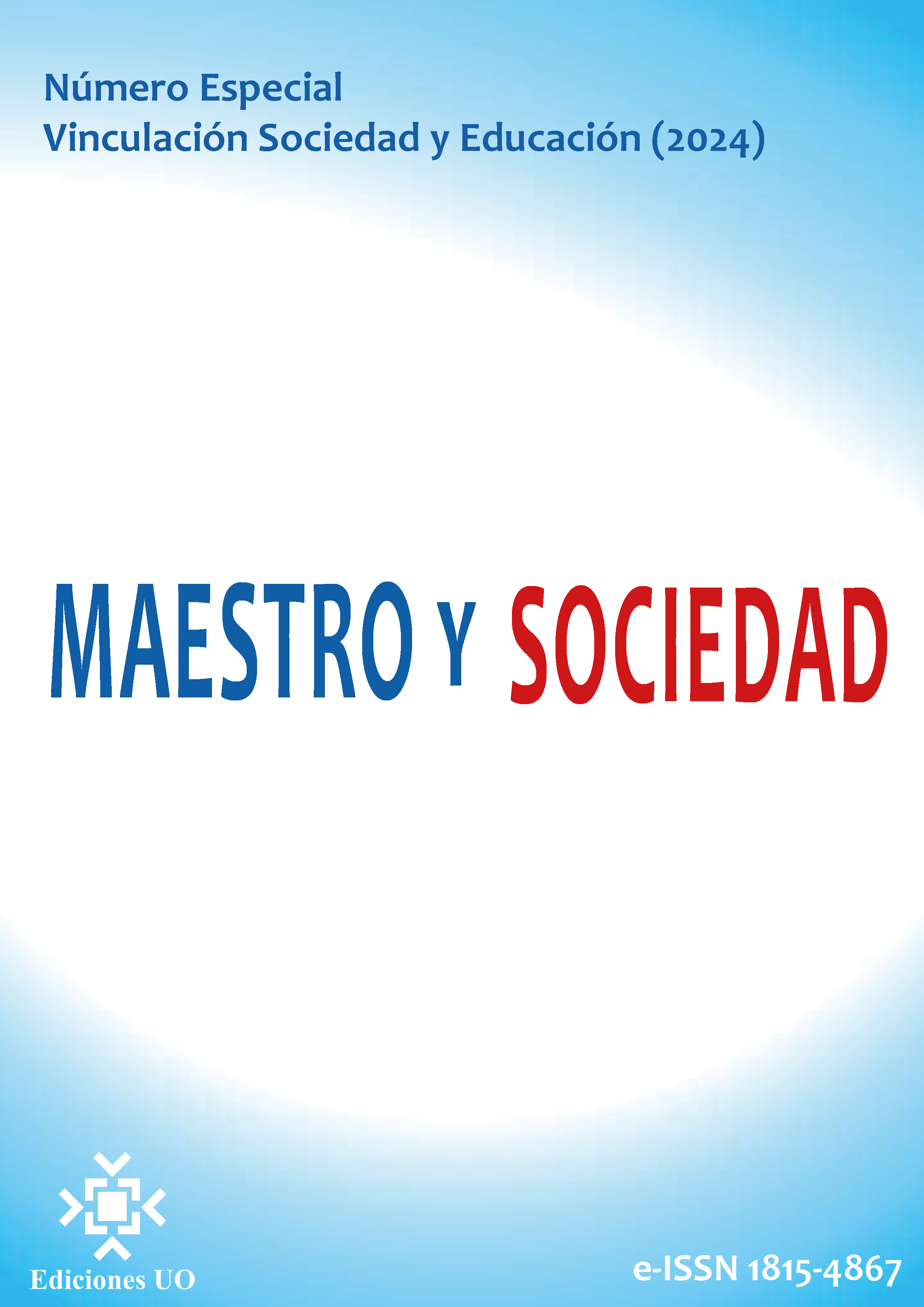Technological adoption in agriculture in rural sectors: case of pineapple cultivation
Keywords:
Pineapple cultivation, technology adoption, Ecuadorian agricultureAbstract
Introduction: In 2021, Ecuador consolidated itself as the first pineapple exporting country in South America, so its development is important for the country's economy. In the community of Mocochal, in Manabí, pineapple cultivation is also carried out, therefore this article aims to demonstrate the results of the surveys of pineapple producers in order to know their opinions on the use of agricultural technologies that allow them to improve the quality of their crops, reduce their production costs and increase their income. Materials and methods: For this, the information was collected through the technique of analysis, synthesis and surveys related to the use of technologies in the production and marketing of pineapple, where 51 farmers participated, who answered 10 questions. Results: The main results are framed in that the adoption of technologies in agriculture will allow more efficient and sustainable production in the community of Mocochal, reducing the waste of resources and increasing the quality of agricultural products. Discussion: Technological adoption in agriculture in rural sectors allows improving the productivity, efficiency and sustainability of agriculture, while improving the living conditions of farmers and promoting economic development in rural areas. since its impact on the different commercial and exportable crops of Ecuador is significant. Conclusions: The adoption of technologies in agriculture can improve farmers' ability to address the challenges they face, such as climate variability, labor shortages, and lack of access to markets.
References
Capa, L. (2007). La manipulación y el nivel de producción de desperdicios generados en la elaboración de piñas en rodajas (Ananas comosus L.) Empacadas al vacío en la empresa Ecuadelicias Cia. Ltda. Universidad Técnica de Ambato.
Chica Santillán, D. F. (2018). Manejo agronómico del cultivo de piña (Ananas comosus), variedad MD2 en el Ecuador. [Trabajo de titulación. Universidad Técnica de Babahoyo]. http://dspace.utb.edu.ec/bitstream/handle/49000/5444/E-UTB-FACIAG-ING%20AGROP-000019.pdf?sequence=1&isAllowed=y
López, L. (2003). Proyecto de factibilidad de instalar una plantación de 10 hectáreas de piña MD2 en la Peninsula de Sta Elena. La Libertad.
Muñoz Mora, N. M. (2023). Situación actual de la comercialización del cultivo de piña (Ananas comosus) en el Ecuador. http://dspace.utb.edu.ec/handle/49000/13809
Pinto Mena, M. B. (2012). El cultivo de la piña y el clima en el Ecuador. https://www.inamhi.gob.ec/meteorologia/articulos/agrometeorologia/El%20%20cultivo%20de%20la%20pi%C3%B1a%20y%20el%20clima%20en%20el%20Ecuador.pdf
Redagrícola. (2022). Ecuador se consolida como el primer país exportador de piña en América del Sur. https://www.redagricola.com/co/ecuador-se-posiciona-como-el-primer-pais-exportador-de-pina-en-america-del-sur/
Published
How to Cite
Issue
Section
License
Copyright (c) 2024 Manuel del Jesús Macías Ramírez, Edwin Wellington Moreira Santos, Maryuri Alexandra Zamora Cusme, Gabriel Antonio Navarrete Schettini

This work is licensed under a Creative Commons Attribution-NonCommercial-NoDerivatives 4.0 International License.
This journal provides immediate open access to its content, based on the principle that offering the public free access to research helps a greater global exchange of knowledge. Each author is responsible for the content of each of their articles.



























 Universidad de Oriente
Universidad de Oriente 